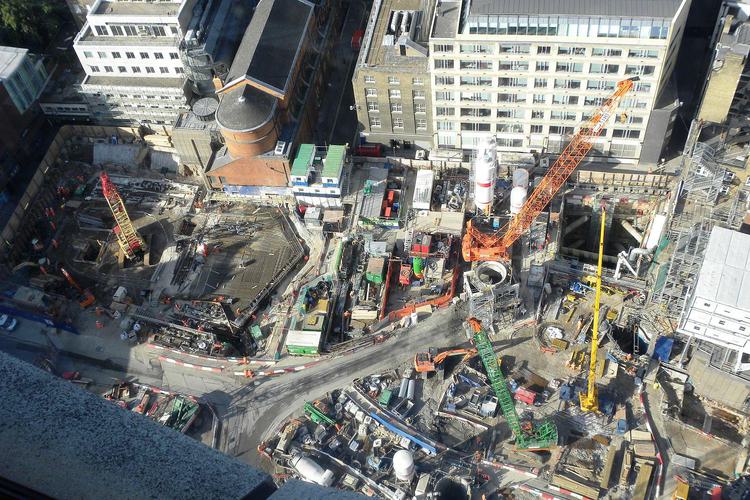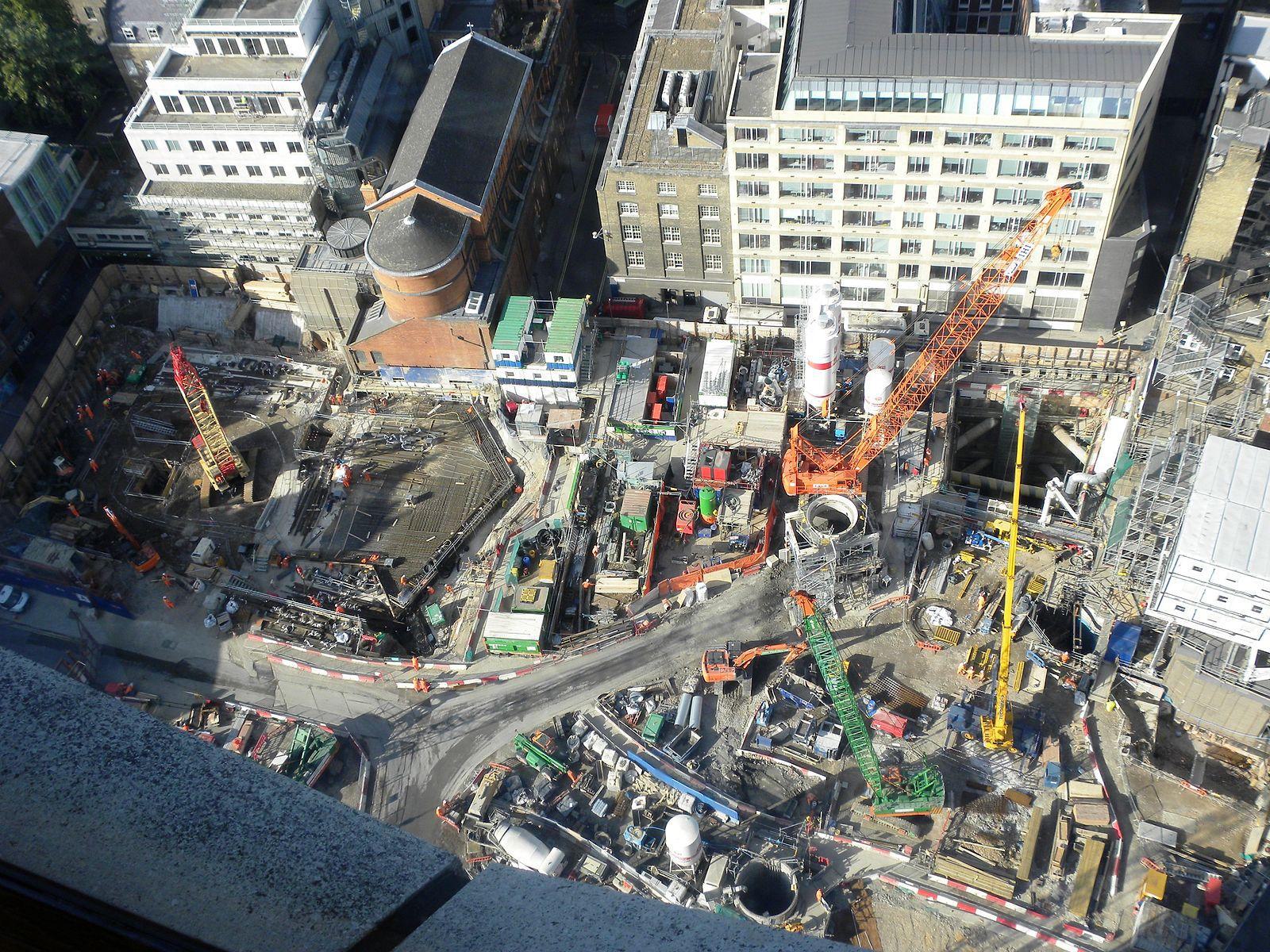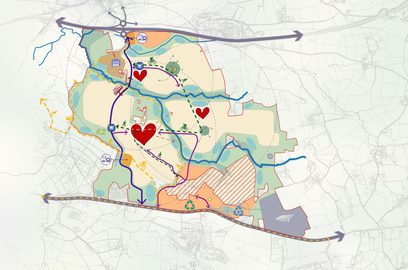Advice: How to maximise the placemaking benefits of transport

Setting clear guidelines for the quality and character of incoming transport infrastructure can help ensure regeneration benefits are realised, says Katja Stille

We know that public transport improvements can have a substantial impact on local economies. Stations, in particular, can be an important catalyst for change – whether individual transit points or large scale projects around major terminals.
Research into the economic benefits generated by the Jubilee Line Extension found that areas which put in place enforceable land use plans and policies to increase urban densities and encourage mixed land uses benefited most from the economic uplift.
However, maximising the regeneration potential of incoming infrastructure projects can be a complex task. Better accessibility can be seen as a threat – both economically, because people can more easily travel further afield for goods and services, and because of the change in identity it represents. Nevertheless, the opportunities it can provide should not be overlooked, as long as proposals are developed properly.
With Crossrail coming forward and towns across the South East exploring how they can make the most of these new transport links, we highlight some ideas about maximising transport projects’ placemaking potential.
Make a plan
Start with clear objectives for the kind of place you want the town to be and how planned infrastructure changes can help achieve these goals. Prepare the town centre for the arrival of the new connection. Assess the potential impacts (positive and negative) of the new connections. What could happen to the local businesses and local shops? What can be done to prepare the town centre better for competition? What are opportunities and niches the area can strengthen? It is essential that policy frameworks are put in place before infrastructure projects are completed to ensure that new developments support the local character as well as boosting its economy.
Identify opportunities and engage
Engage with those that can deliver change: the landowners, investors and agencies. Find out what their plans are and work together. They will have their own ideas and will try to take advantage of the new infrastructure and changing market conditions. If possible, try to align their aims with the overall place objective, through engagement and partnership working.
Ensure linkages are in the right place
Anticipate new station entrances, more people and new routes – where do people want to go or where should they be encouraged to go? Create direct, safe and convenient pedestrian and cycle access to the station. Short-term improvements may be tempting, but start with the ideal position for new links and investigate how they could be achieved, even if it may be more complicated or take longer. Consider public sector interventions, such as compulsory purchase powers to deliver essential links.
Set clear guidelines for the quality and character you expect
Ensure that new development, likely to be at an increased density, works well with the existing character of the town. Identify what of the existing character is important: this might be a specific historic area. While keeping local characteristics in mind, create room for the new and set specific quality principles to maintain control.
Focus on improving the environment – create a welcoming gateway
Work on improving the public realm around the station and further afield, taking into account increased pedestrian flows. Use the opportunity around the new infrastructure to address existing issues. Carefully, align the programme of delivering the public realm with any station improvements. Anticipate the future situation and plan for that. Improved accessibility coupled with a better quality environment can make a real difference.
Don’t forget the social infrastructure
Understand the requirements of an increased population within a tight urban context and plan for its future. Investigate how schools and medical centres could be delivered as part of mixed use developments and write them in to your plans.
Katja Stille is associate director at Tibbalds Planning and Urban Design, which recently prepared the Romford Development Framework for the London Borough of Havering ready for the completion of Crossrail in 2018.
Original article found here
Related Updates
Stay In Touch
Sign up to our Newsletter
Subscribe to our newsletter to receive updates about making people friendly places.



